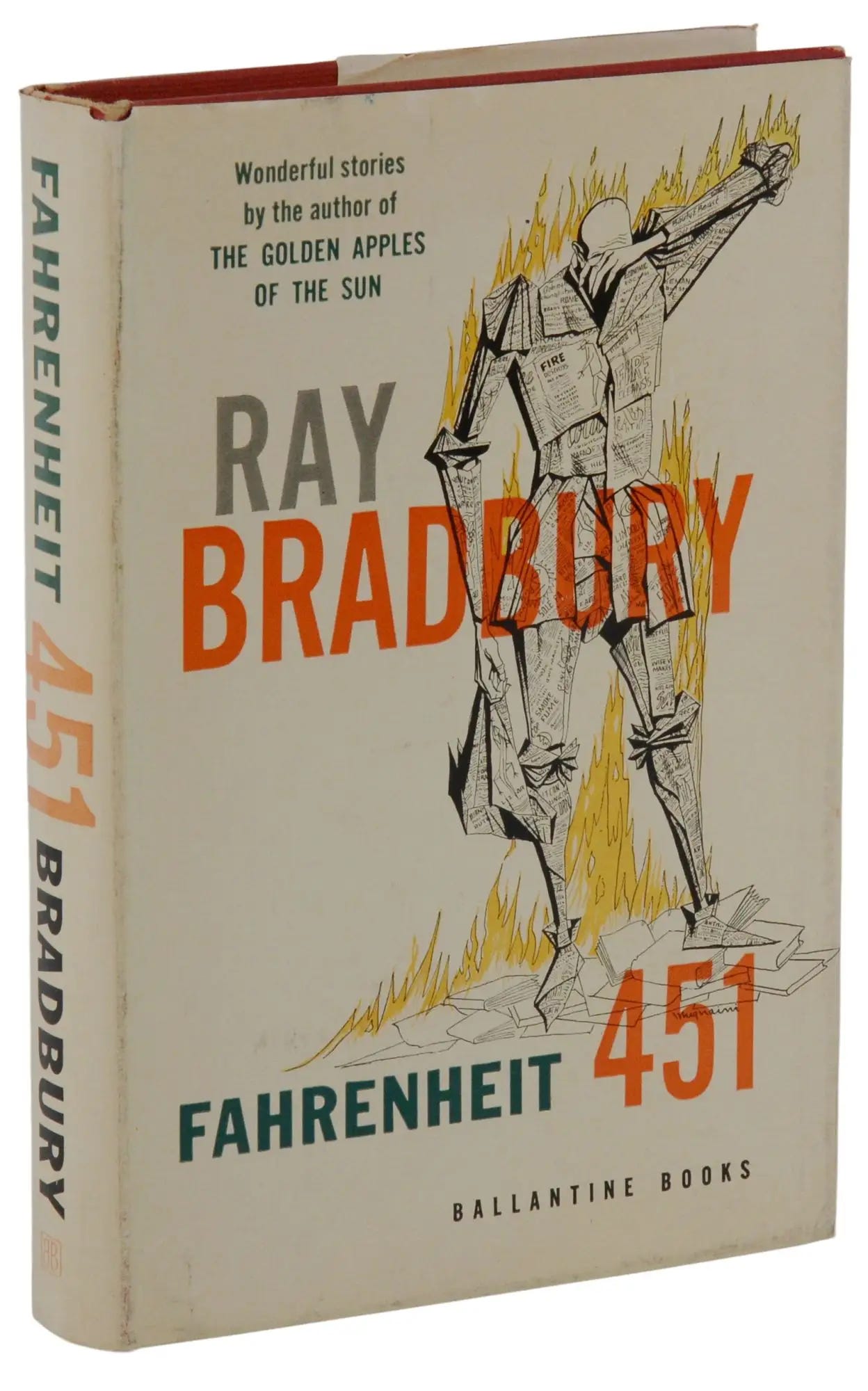Ray Bradbury's dystopian novel Fahrenheit 451 has proven remarkably adaptable across different eras and media formats. From its original 1953 publication to François Truffaut's 1966 film adaptation and the 2018 HBO television series, each iteration reflects both its source material and the sociopolitical anxieties of its time. While maintaining Bradbury's central warning about intellectual oppression, each adaptation filters this message through its own unique lens, revealing how some fears remain constant while others evolve with society.
Bradbury's novel emerged from the McCarthy era, when fear of communist influence led to intense scrutiny of intellectuals and artists. The story follows Guy Montag, a "fireman" whose job is burning books in a future America where literature is forbidden. Through his relationship with Clarisse McClellan, a young woman who questions society's values, and his own growing disillusionment, Montag begins to read the books he's meant to destroy. The novel depicts a population numbed by wall-sized televisions, immersive entertainment, and high-speed living. Bradbury's warning focuses on how mass media and anti-intellectualism could lead to cultural amnesia and the death of critical thinking.
The novel's world-building is meticulous and alarming. Montag's wife Mildred represents the disconnected citizen, more engaged with her "family" on television than with her actual husband. She attempts suicide but afterward has no memory of it, symbolizing society's denial of its own despair. The mechanical Hound that hunts Montag represents the merging of technology and oppression, while Fire Chief Beatty embodies the intellectual who betrays knowledge, quoting the very literature he burns to justify its destruction.
Keep reading with a 7-day free trial
Subscribe to An Art Apart to keep reading this post and get 7 days of free access to the full post archives.





